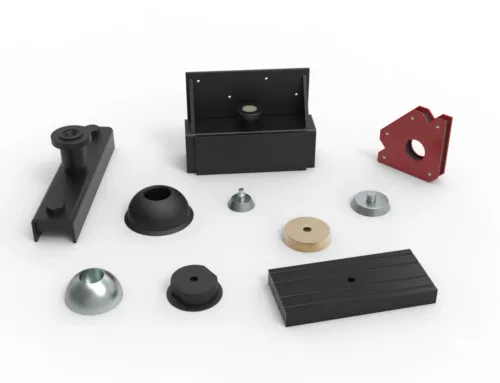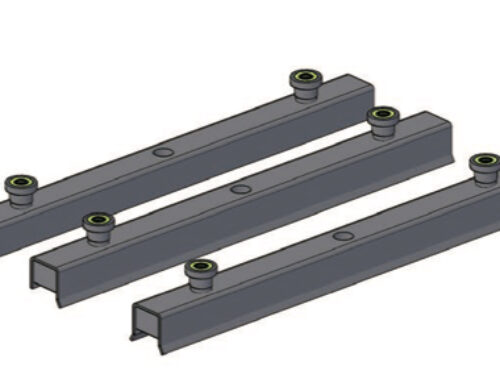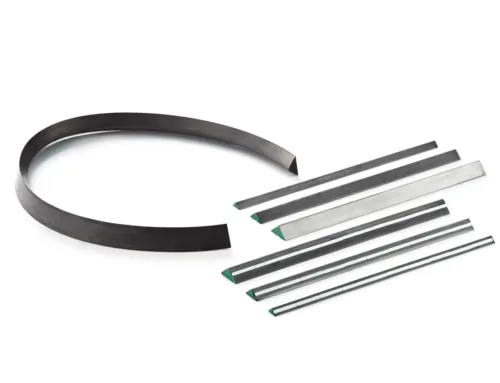What Are Magnet Directions

Magnet directions
Magnets have two ends called magnetic poles: the North pole and the South pole. These poles are where the magnetic force is strongest. By convention, the North pole of a magnet points toward the Earth’s geographic North when allowed to move freely.
Magnetic field lines are invisible lines around a magnet that show the direction of the magnetic force. These lines always flow from the North pole to the South pole outside the magnet and return through the magnet’s interior. This flow helps visualize how magnets attract or repel each other and how they interact with other magnetic materials.
It’s important to understand the difference between geographic North and magnetic North to avoid confusion:
| Term | What It Means | Key Fact |
|---|---|---|
| Geographic North | The Earth’s true North Pole | Fixed location on the planet |
| Magnetic North | The point where Earth’s magnetic field points downward | Moves slowly over time due to changes in Earth’s core |
Many people assume a magnet’s North pole points to the geographic North, but actually, the Earth’s magnetic North pole is a magnetic South pole, which is why the magnet’s North pole is attracted to it. This subtle difference is crucial when using compasses or designing magnetic devices.
How to Identify Magnet Poles and Directions
Knowing how to find magnet poles is key for using magnets correctly. The most common way is with a compass: the compass needle points toward the magnet’s north pole. Simply bring the compass close to the magnet and watch which side pulls the needle’s north end—that’s the magnet’s south pole, since opposites attract.
Another easy method is using iron filings. Sprinkle them around the magnet on a flat surface and the filings will line up along magnetic field lines. The filings gather densely at the north and south poles, making these areas visible.
For a quick check, some professionals use markers like small pieces of metal or even another magnet with known poles. Slowly move the known magnet around your magnet; attraction indicates opposite poles, while repulsion signals like poles.
In many industries, color coding and labeling help identify poles quickly:
- Red usually marks the north pole
- Blue or black marks the south pole
This standard makes it easier to match magnets in manufacturing, motor assembly, and electronics.
For everyday users and professionals:
- Test with a compass before assembly to avoid magnet misalignment.
- Use labeled or color-coded magnets when purchasing to reduce guessing.
- Store magnets away from sensitive electronics to prevent unintended magnetic interference.
Understanding these simple techniques improves safety and ensures your magnet-based projects work properly. For more on handling permanent magnets, check What is Permanent Magnet.
The Science Behind Magnet Directions
Magnetism comes from tiny magnetic fields created by electrons inside materials. These electrons act like little spinning tops, each generating its own magnetic force. When many electrons spin in the same direction, their magnetic forces combine to form a stronger overall magnetic field.
Magnet directions show where the magnetic force flows—from the magnet’s north pole to its south pole. This direction influences how magnets attract or repel each other. Opposite poles pull together, while like poles push apart. The magnetic field lines outside the magnet give us a visual of this force flow, curving from north to south.
Practical Applications of Magnet Directions
Magnet directions play a key role in many industries and everyday tools. In industrial settings, knowing the precise magnetic pole orientation is crucial for devices like sensors, electric motors, magnetic separators, and data storage systems. Proper alignment ensures peak performance and reliability.
For everyday use, magnet directions matter in compasses, which depend on Earth’s magnetic field to point north accurately. Refrigerator magnets and magnetic mounts also rely on correct pole orientation for strong, stable attachment.
NBAEM offers custom magnetic solutions designed with specific directional properties to fit unique needs. Whether you need magnets aligned for machinery or specialized products, these tailored options ensure the right magnetic force and efficiency for your projects.
How to Align and Use Magnets Correctly
Aligning magnets properly is key to getting the best performance, whether you’re setting up a device or working on a project. Here are some best practices to follow:
- Match poles carefully: Always align opposite poles (north to south) when you want magnets to attract. For repelling magnets, line up like poles (north to north or south to south).
- Maintain proper spacing: Keep magnets at the recommended distance to avoid weak or uneven magnetic force.
- Use alignment tools: Compasses or magnetic field viewers can help confirm correct orientation.
- Secure magnets firmly: Prevent shifting during use, which can cause misalignment and reduce effectiveness.
Avoiding interference and keeping magnetic efficiency high involves:
- Steering clear of other magnets or metals near your setup that might disturb the magnetic field.
- Shielding sensitive electronics to prevent magnetic interference.
- Checking for demagnetization signs, especially in strong electromagnetic environments.
If you run into magnet misdirection issues, try these fixes:
- Recheck the poles with a compass to ensure correct orientation.
- Adjust the physical placement to restore proper magnetic field lines.
- Use color coding or labels so you avoid mistakes during setup.
- Replace magnets that show signs of damage or weakening which can throw off their directional properties.
Following these steps helps maximize the power and reliability of your magnets, whether for everyday use or professional applications.
Advances and Innovations in Magnetic Direction Technology
Magnetic direction technology is evolving fast, with new materials and manufacturing techniques improving precision and control. Recent trends focus on developing magnets that offer highly accurate directional properties, which is crucial for industries like electronics, automotive, and renewable energy.
NBAEM has been at the forefront of these innovations. Their latest breakthroughs include advanced directional magnet production methods that enhance magnetic field alignment, ensuring stronger and more reliable magnetic forces. These improvements help create specialized magnets tailored for sensors, electric motors, and magnetic separators, boosting overall performance.
FAQs about Magnet Directions
How do I know which side of the magnet is north
You can find the north pole of a magnet by using a simple compass. The compass needle’s north end is attracted to the magnet’s south pole, so the opposite end of that needle points to the magnet’s north pole. Another easy way is using iron filings—they tend to cluster at both poles—but marking the side that aligns with the compass needle’s south end is a good rule of thumb for the magnet’s north pole.
Can magnet directions change over time or with usage
Yes, magnet directions can shift, especially if the magnet is exposed to strong heat, physical shocks, or other magnetic fields. Over time, magnets may also lose strength or slightly change their poles due to wear or environmental factors. However, high-quality industrial magnets, like those from NBAEM, are designed to keep their directional properties stable for long-term use.
What magnets are best suited for directional applications
For consistent and reliable magnet directions, rare-earth magnets like neodymium magnets are a popular choice because they offer strong, stable magnetic fields. Ceramic magnets are more affordable and work well in many applications, but they’re less strong and can be more prone to shifting. For precise industrial or sensor uses, choose magnets that come with clear magnetic pole labeling and directional stability, like those offered by NBAEM.





Leave A Comment